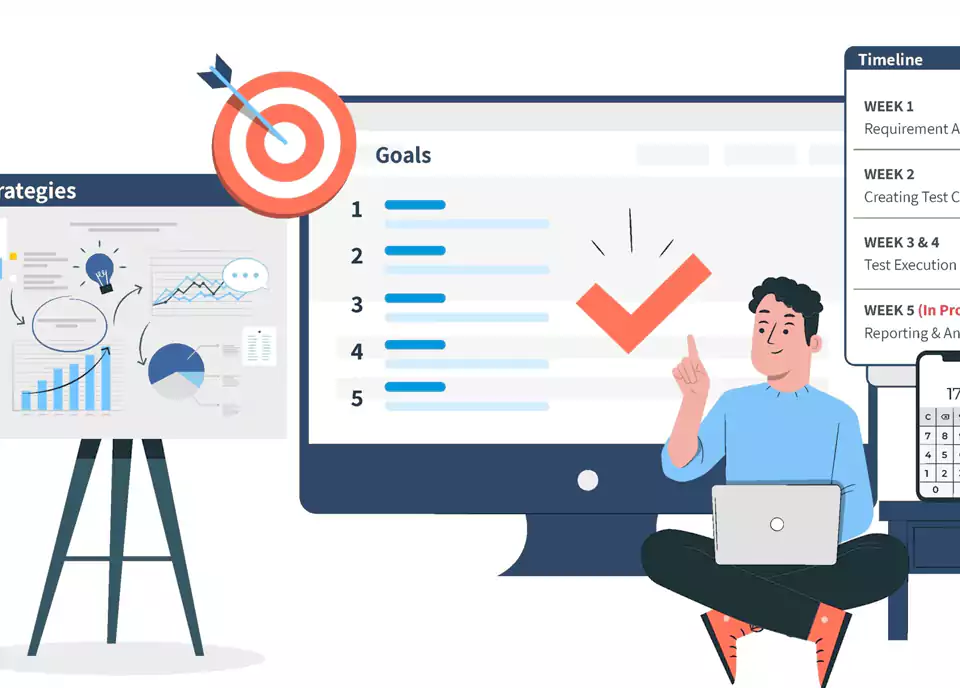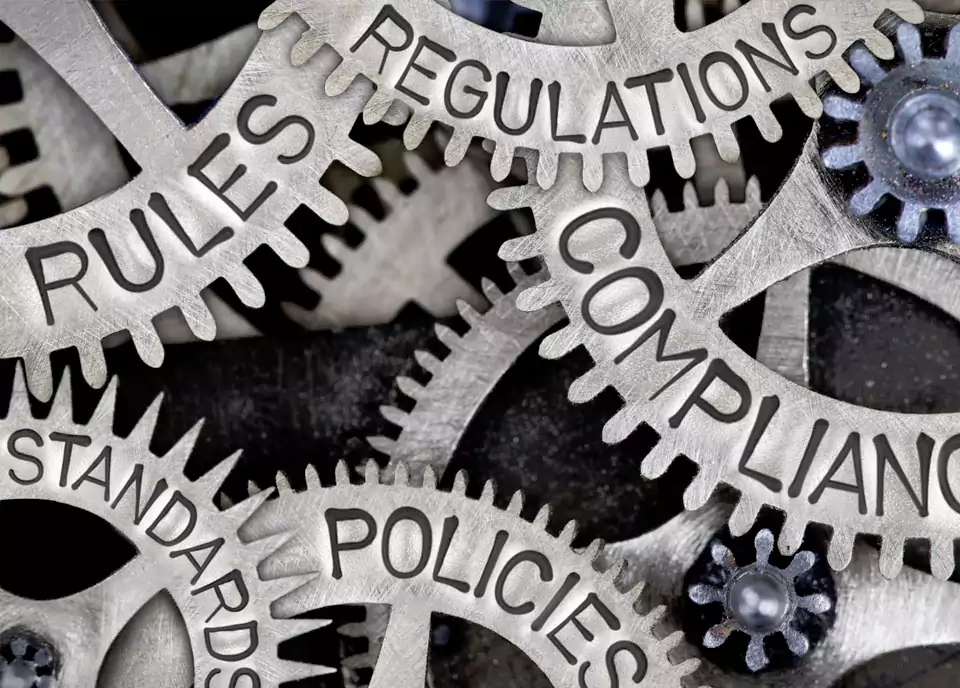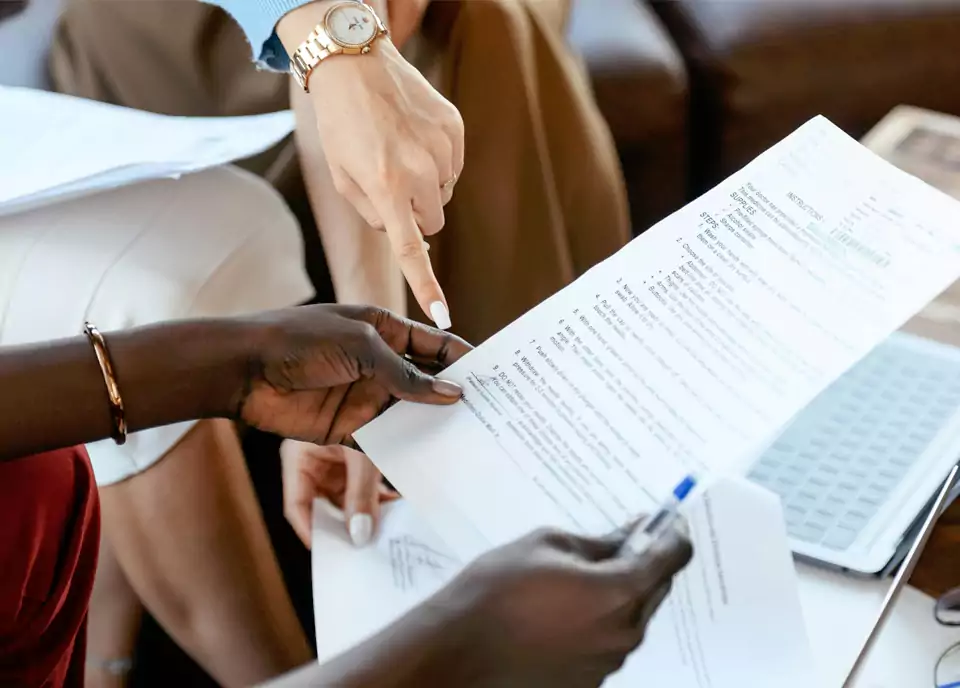Learn when an FDA Pre-Submission adds value—ideal for novel technologies, unclear classifications, complex testing, or new clinical trials. Get FDA feedback early to avoid missteps and ensure regulatory success.
Not every medical device project requires an FDA Pre-Submission, but many can benefit from one. Knowing when to request a Pre-Sub is crucial for maximizing its value. In general, you should consider a Pre-Submission whenever FDA’s feedback on specific questions would help guide your product development or submission preparation. Below are common scenarios where a Pre-Sub is especially useful:
If your device involves new technology or an innovative clinical application with no clear predicate or precedent, early FDA input is highly recommended. FDA can advise on regulatory classification (e.g. whether a De Novo request is needed) and what safety/effectiveness evidence to focus on. Engaging on novel devices early may help expedite regulatory pathways for innovative technologies by clarifying requirements.

For devices on the borderline of classifications (e.g., not sure if your product is Class II vs. Class III, or if it requires a 510(k) vs. a De Novo), a Pre-Sub can provide clarity on the appropriate regulatory pathway. For example, sponsors have used Pre-Subs to confirm if a suitable predicate exists or if a De Novo Classification is more appropriate. Getting FDA’s viewpoint on classification and submission type can save you from pursuing the wrong route.

If you anticipate needing substantial bench, animal, or clinical studies, a Pre-Sub is an excellent forum to present your testing plan and protocols for FDA feedback. FDA can tell you if your planned verification and validation (V&V) studies seem adequate or if additional testing (e.g. specific biocompatibility or usability tests) will be expected. It’s better to adjust your test plan now than to discover deficiencies during review.

When you are planning a first-in-human study or a pivotal clinical trial for your device, use a Pre-Submission to obtain FDA’s input on the study design (endpoints, sample size, follow-up duration, etc.). FDA might not “approve” the protocol in a Pre-Sub, but they can highlight concerns or recommend changes to ensure the study will support your future submission. Early agreement on study design can prevent costly protocol amendments or data that FDA finds insufficient.

In general, if your team is asking “What will the FDA think of X?” – that’s a sign a Pre-Sub could be helpful. This could include questions about device labeling/Indications for Use, applicability of specific guidance documents, the need for a human factors study, or whether a planned device modification warrants a new submission. Rather than guessing, you can ask FDA directly in a Pre-Sub.

In contrast, straightforward projects with very well-understood predicates and methods might not require a Pre-Sub – but even then, many companies opt for one to avoid any assumptions. The Pre-Submission program is there to reduce uncertainty, so it is often better to ask than to proceed blindly.
Timing is critical. The goal is to approach FDA when you have enough information for them to evaluate, but not so late that you’ve already committed resources in the wrong areas. According to best practices, a good time to seek FDA feedback is when your device design is near final and you have a well-documented testing plan, but before you’ve executed the most expensive studies. At this stage, you can give FDA a clear picture of your device and proposals, and their input will be concrete and actionable.

In summary, request a Pre-Submission at a point when FDA’s guidance can still influence your plans. For most projects, this is in the later stage of product development – once the device design is locked in and draft testing protocols are available, but before you execute those tests or submit your application. If you do find yourself very early in development with many unknowns, you might consider an Informational Meeting as a precursor to a Pre-Sub. Informational Meetings (another Q-Sub type) let you introduce a novel concept to the FDA and get high-level feedback, even if FDA won’t answer detailed questions in that forum. Then, as your device matures, you can follow up with a focused Pre-Submission meeting on specific topics.
By choosing the right timing and scenarios for Pre-Submissions, you ensure that both your team and the FDA get the most out of the interaction. The next step is to prepare a thorough Pre-Sub package to kick off this process.